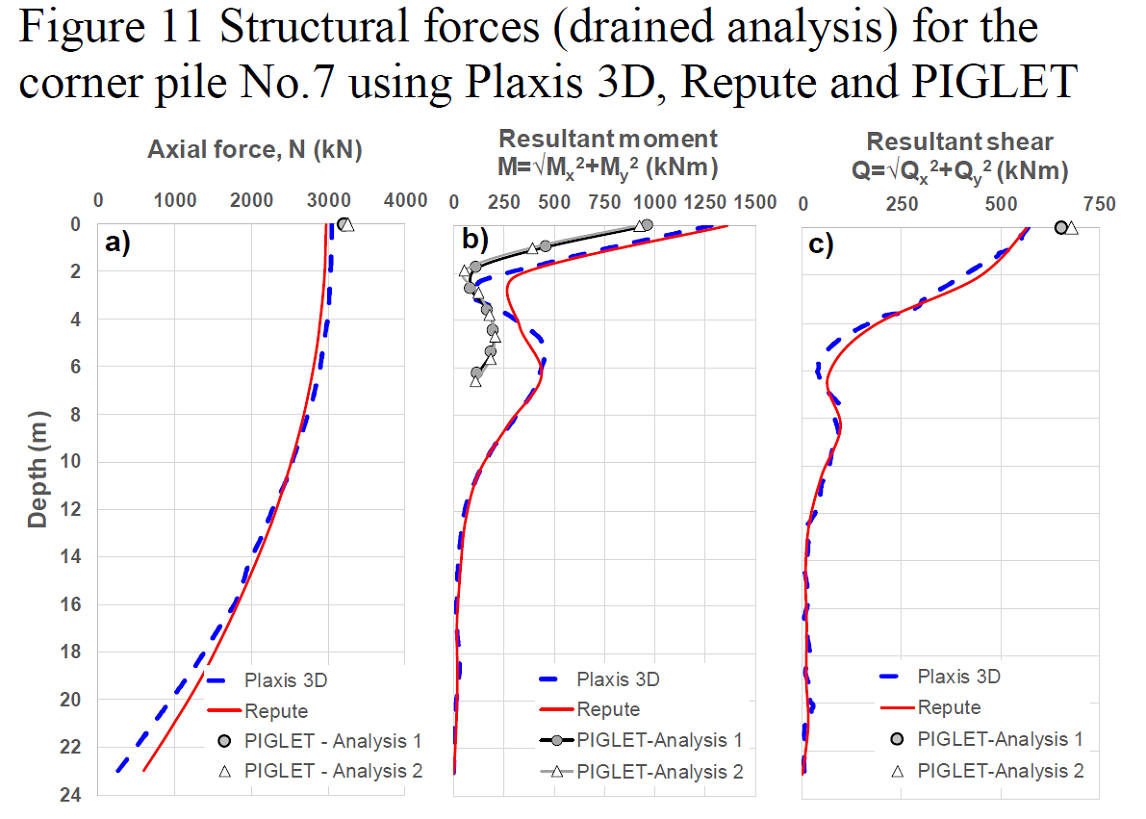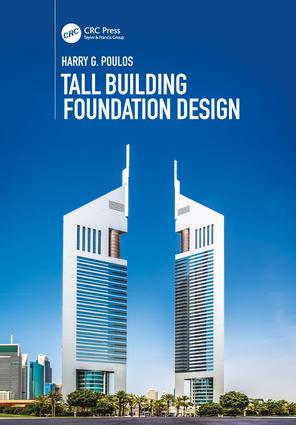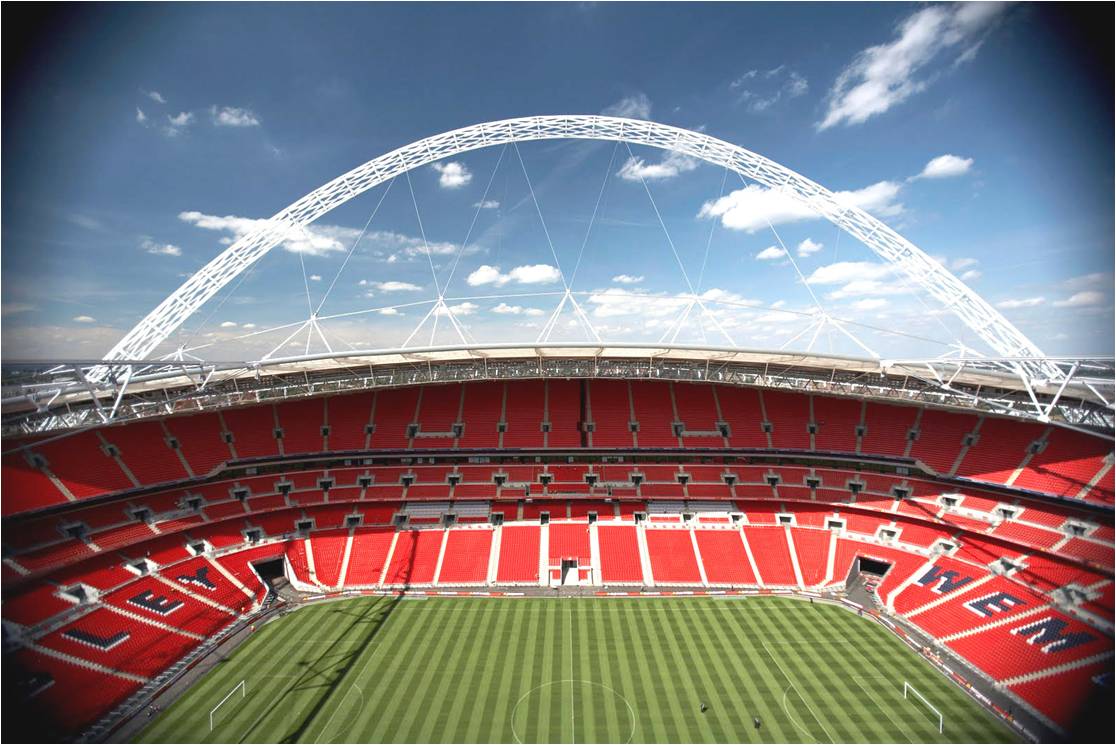Commendations
 Some
commendations from users of
Repute:
Some
commendations from users of
Repute:
 "...software
such as Repute includes a hyperbolic model which is quick to use for
suitably experienced practitioners"
"...software
such as Repute includes a hyperbolic model which is quick to use for
suitably experienced practitioners"
from p. 886 O'Brien et al. (2024). Pile-group design. In ICE Manual of Geotechnical Engineering, Second Edition, Volume II: Geotechnical Design, Construction and Verification (ed. M. Brown et al.), Emerald Publishing, ICE, London, Chapter 55, pp. 863-895.
...using Repute (hyperbolic model) was the most appropriate approach for the given structures and ground conditions, due to its versatility and ease of use"
from p. 108 Batilas et al. (2021), Design methodology for bridge abutment pile group foundations – a case study, Proc. Piling 2020 Int. Conf., British Geotechnical Association (BGA), ICE Publishing, UK, pp. 103-108.
"Perhaps the most sophisticated analysis and design software for pile groups is Repute (Geocentrix 2017) ... based on the calculation algorithm PGROUPN (Basile 2003)"
from p. 1 Randolph & Reul (2019), Practical approaches for design of pile groups and piled rafts, Proc. 4th Bolivian Int. Conf. on Deep Foundations, Santa Cruz de la Sierra, Bolivia, 26p.
"For pile groups subject to large horizontal/moment loads, non-linear stress-strain models (such as the hyperbolic model in software such as Repute) are likely to be the most appropriate"
from p. 7 O'Brien (2019), From Minor to Major – The Evolution of Deep Foundations for Transportation Projects, Proc. 4th Bolivian Int. Conf. on Deep Foundations, Santa Cruz de la Sierra, Bolivia, 31p.
 "The
most effective means of carrying out a Category 3 analysis is to employ a
pile group analysis program that considers non-linear pile-soil response and
pile-soil-pile interaction, and is capable of handling all six components of
loading simultaneously, e.g. the commercially available programs Repute
or GROUP8."
"The
most effective means of carrying out a Category 3 analysis is to employ a
pile group analysis program that considers non-linear pile-soil response and
pile-soil-pile interaction, and is capable of handling all six components of
loading simultaneously, e.g. the commercially available programs Repute
or GROUP8."
from p. 128 Poulos (2017), Tall Building Foundation Design, CRC Press, 532p.
"The programs were CLAP, Repute, PIGLET and PLAXIS 3D. .... The results generally agree reasonably well and the small differences can be considered as the result of the different approach that the software adopt to model the pile-soil interaction".
from p. 296 Pirrello & Poulos (2014), Comparison of four pile group analysis programs, Proc. Int. Symp. on Advances in Foundation Engineering (ISAFE2013), Singapore, pp. 291-297.
"The soil–structure behaviour for the pile design was determined using readily available geotechnical software. Repute was used as the main tool for each individual foundation. It allowed the input of multiple strata parameters using a boundary element method restricted by pile diameter and was able to model dynamic behaviour. Its relative simplicity enabled a large number of models to be analysed quickly and was therefore highly suited to the tight design-and-build programme."
from p. 65 Smith & Hendy (2009), Design of the Dubai Metro light rail viaducts—substructure, Bridge Engineering, Thomas Telford, Vol. 162, Issue 2, pp. 63-74.
 "Gratifyingly,
the settlements from the FEA model correlated acceptably well with the
results obtained from
Repute,
PIGLET and VDISP."
"Gratifyingly,
the settlements from the FEA model correlated acceptably well with the
results obtained from
Repute,
PIGLET and VDISP."
from p. 6 Poulos & Bunce (2008), Foundation design for the Burj Dubai - The World's Tallest Building, Proc. 6th Int. Conf. on Case Histories in Geotechnical Engineering and Symposium in Honor of Professor James K. Mitchell, Arlington, Va (Usa), Paper No. 1.47, pp 1-16.
"Many researchers have developed models that attempt to capture the non-linear load-displacement curves in tests on individual piles ... The importance of non-linearity on pile group behaviour has also been previously discussed in the literature ... however, linear analyses are still common practice in routine design.. Repute (Geocentrix (2002)) has been developed to analyse pile groups with a non-linear load-displacement response. .... The predicted movements correlated very well with the observed movements and illustrate the importance of modelling non-linear load-displacement behaviour of pile groups. If linear analyses had been undertaken (as is routine for pile group analysis) the structural forces and displacements could have been under or over estimated by a considerable amount ..."
from p. 304, 309 Hardy & O'Brien (2006), Non-linear analysis of large pile groups for the new Wembley stadium, Proc. 10th Int. Conf. on Piling and Deep Foundations, Amsterdam, The Netherlands, Publ. by Deep Foundation Institute (DFI), USA, pp. 303-310.
about us
consulting
software